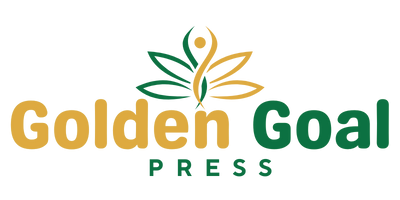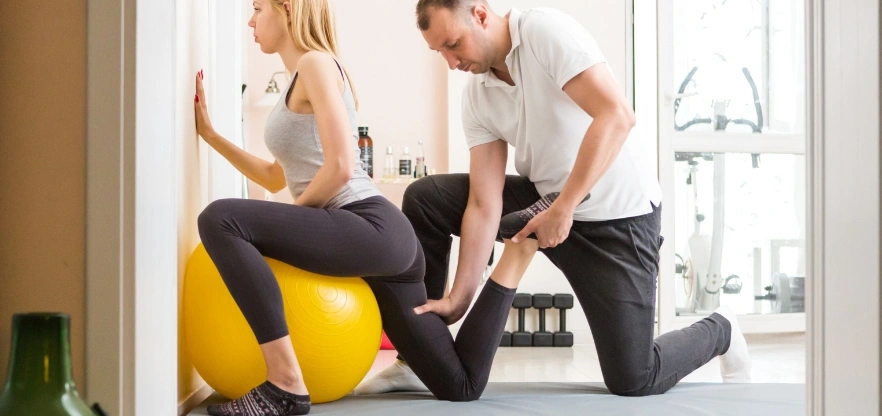Sports medicine is a field of healthcare dedicated to addressing injuries related to athletic activities. When an athlete gets injured, the goal is to return to their sport safely and effectively. Sports medicine professionals use several methods to manage injuries and guide athletes through the recovery process. Here are some rehabilitation techniques that provide a clearer picture:
Physical Therapy
Physical therapy is a key component of recovery for many sports-related injuries. A professional guides the athlete through specific exercises designed to restore function, strength, and flexibility to the injured area. Providers can adjust these therapeutic exercises to the individual’s specific injury and sport.
The process may begin with gentle range-of-motion exercises to prevent stiffness. As healing progresses, the program may incorporate strengthening exercises to rebuild muscle support around the injury. Providers also educate athletes on proper body mechanics to help prevent future injuries.
Anti-inflammatory Medications
Pain and inflammation are responses to an injury. Nonsteroidal anti-inflammatory drugs (NSAIDs) are medications that may be used to manage these symptoms. Patients can use these medications to block certain enzymes in the body that contribute to inflammation.
Doctors can use over-the-counter options like ibuprofen and naproxen for mild to moderate discomfort. In some cases, a doctor might recommend a prescription-strength NSAID. Patients typically use these medications for a short duration to control acute inflammation and pain, allowing the athlete to participate more comfortably in their rehabilitation program.
A healthcare provider can provide guidance on the appropriate use of these medications. Use NSAIDs as directed, as overuse can lead to potential side effects. Patients should discuss any concerns with their healthcare provider.
Various Injections
For some conditions, a sports medicine doctor might suggest an injection directly into the injured area. These treatments may alleviate inflammation or support the body’s natural healing processes. Patients might use several types of injections, including the following:
- Cortisone: Cortisone is a potent anti-inflammatory steroid. A cortisone injection delivers the medication directly to the site of inflammation, which may provide relief from pain and swelling.
- Platelet-rich plasma (PRP): PRP therapy involves drawing a small amount of the athlete’s own blood and spinning it in a centrifuge to concentrate the platelets. This platelet-rich plasma is then injected back into the injured area.
The choice of injection depends on the type and severity of the injury, and a thorough evaluation by a physician precedes any such treatment.
Custom Orthotics
Foot and ankle mechanics play a significant role in how forces are distributed throughout the body during athletic activity. When there is an alignment issue, it may contribute to injuries not just in the feet, but also in the knees, hips, and back. Custom orthotics are shoe inserts specifically made to correct an individual’s foot mechanics.
To create them, doctors may take a mold or digital scan of the person’s foot. This detailed model enables the creation of an orthotic that provides precise support and cushioning where needed. By correcting alignment issues, custom orthotics may help reduce stress on injured tissues and improve overall biomechanics during movement.
Schedule Sports Medicine Treatments
Navigating a sports injury requires a structured approach to rehabilitation. The techniques used in sports medicine are designed to manage symptoms and restore function, helping you move through the recovery process one step at a time. If you are dealing with a sports-related injury and want to learn more about your options, the next step is to get a professional evaluation. Contact our office today to schedule a consultation with one of our sports medicine specialists.

